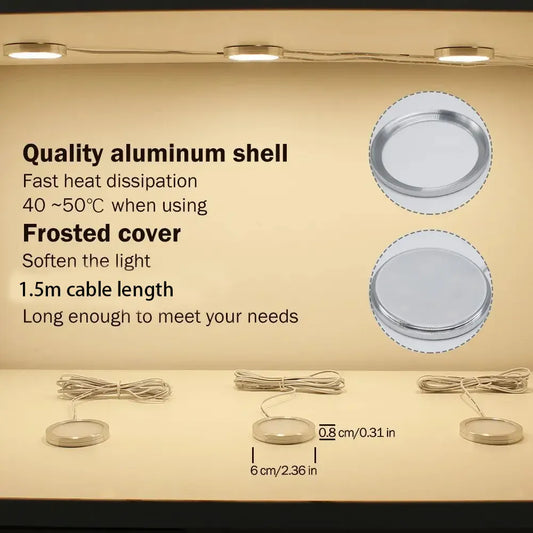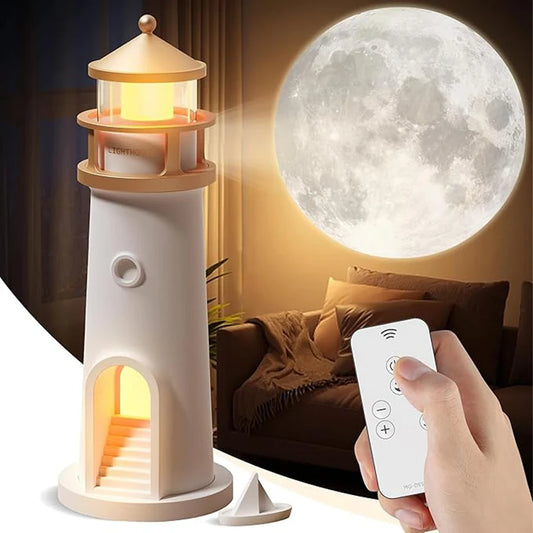
LED Strip Lights vs. Linear Bar Lights: Which is Better for Under Cabinets?
Share
When it comes to under cabinet lighting, choosing between LED strip lights and linear bar lights can be challenging. Both options offer unique advantages and potential drawbacks. This research-based article aims to compare these two popular lighting solutions, providing you with the necessary information to make an informed decision.
LED Strip Lights: An Overview
LED strip lights are flexible, adhesive-backed strips that contain multiple light-emitting diodes (LEDs). These lights can be cut to size and are easy to install, making them a popular choice for various lighting applications.
Advantages:
- Flexibility: LED strip lights can be cut to fit any space, making them ideal for irregular or curved areas.
- Ease of Installation: The adhesive backing allows for quick and simple installation without the need for additional mounting hardware.
- Even Light Distribution: They provide continuous, even lighting, which is excellent for eliminating shadows on countertops.
- Energy Efficiency: According to the U.S. Department of Energy, LED strip lights are highly energy-efficient, consuming up to 75% less energy than incandescent lights.
Disadvantages:
- Adhesive Wear: Over time, the adhesive backing can lose its stickiness, especially in high-heat environments.
- Dimming Compatibility: Not all LED strip lights are compatible with dimmers, which can limit lighting flexibility.
Linear Bar Lights: An Overview
Linear bar lights are rigid, elongated light fixtures that typically house multiple LEDs in a straight line. These lights are commonly used in commercial and residential settings for under cabinet lighting.
Advantages:
- Durability: Linear bar lights are more durable than LED strip lights, as they are encased in a protective housing.
- Professional Appearance: They offer a sleek, clean look, which can enhance the aesthetic appeal of modern kitchens.
- Consistent Light Output: Linear bar lights provide a strong, consistent light output that is ideal for task lighting.
- Ease of Maintenance: These lights are easier to clean and maintain due to their rigid structure.
Disadvantages:
- Installation Complexity: Installing linear bar lights can be more complex, often requiring screws or brackets.
- Less Flexibility: Unlike LED strip lights, linear bar lights cannot be cut to size, limiting their adaptability to different spaces.
Comparative Analysis
1. Light Distribution and Quality
- LED Strip Lights: Offer uniform, continuous lighting, reducing shadows and dark spots. Ideal for creating an even wash of light over countertops.
- Linear Bar Lights: Provide strong, focused illumination, which is beneficial for specific task areas but might create shadows if not installed properly.
2. Energy Efficiency
Both LED strip lights and linear bar lights are energy-efficient, but their efficiency can vary based on the specific product and usage.
3. Installation and Maintenance
- LED Strip Lights: Easy to install with adhesive backing but may require reinstallation if the adhesive wears off.
- Linear Bar Lights: Require more effort to install with screws or brackets but offer a more permanent solution.
4. Durability and Longevity
- LED Strip Lights: Generally less durable due to the adhesive backing and exposed design.
- Linear Bar Lights: More durable with a protective casing, making them better suited for long-term use.
5. Cost Analysis
- Initial Cost: LED strip lights are generally cheaper upfront.
- Long-Term Cost: Linear bar lights may have higher initial costs but can offer better value over time due to their durability and lower maintenance needs.
Data-Driven Insights
To further support the comparison, let's look at some data from a study conducted by the Illuminating Engineering Society (IES):
| Criteria | LED Strip Lights | Linear Bar Lights |
|---|---|---|
| Average Lifespan (hours) | 25,000 - 50,000 | 30,000 - 60,000 |
| Energy Consumption (watts) | 7-10 per foot | 10-15 per bar |
| Installation Time (minutes) | 15-30 | 30-60 |
| Initial Cost (per foot/bar) | $10 - $20 | $20 - $40 |
| Maintenance Frequency | Moderate (due to adhesive wear) | Low (rigid structure, easy to clean) |
Expert Recommendations
For General Use: If you need flexible, easy-to-install lighting that provides even illumination, LED strip lights are an excellent choice. They are particularly suitable for DIY projects and spaces with irregular shapes.
For Professional Kitchens: If you prioritize durability, a sleek appearance, and strong task lighting, linear bar lights are the better option. They are ideal for high-use areas where long-term reliability is essential.
Conclusion
Both LED strip lights and linear bar lights offer unique benefits for under cabinet lighting. Your choice should depend on your specific needs, preferences, and the environment in which the lights will be installed. LED strip lights provide flexibility and ease of installation, making them ideal for various applications. In contrast, linear bar lights offer durability and a professional look, making them suitable for high-use areas.
For more comprehensive guidance on selecting the best under cabinet lighting for your kitchen, check out our detailed guide: How to Choose the Best Under Cabinet Lighting for Your Kitchen.
Explore our range of LED strip lights and linear bar lights at Lumaz to find the perfect fit for your kitchen lighting needs.




























 />
/>
 />
/>
 />
/>
 />
/>
 />
/>